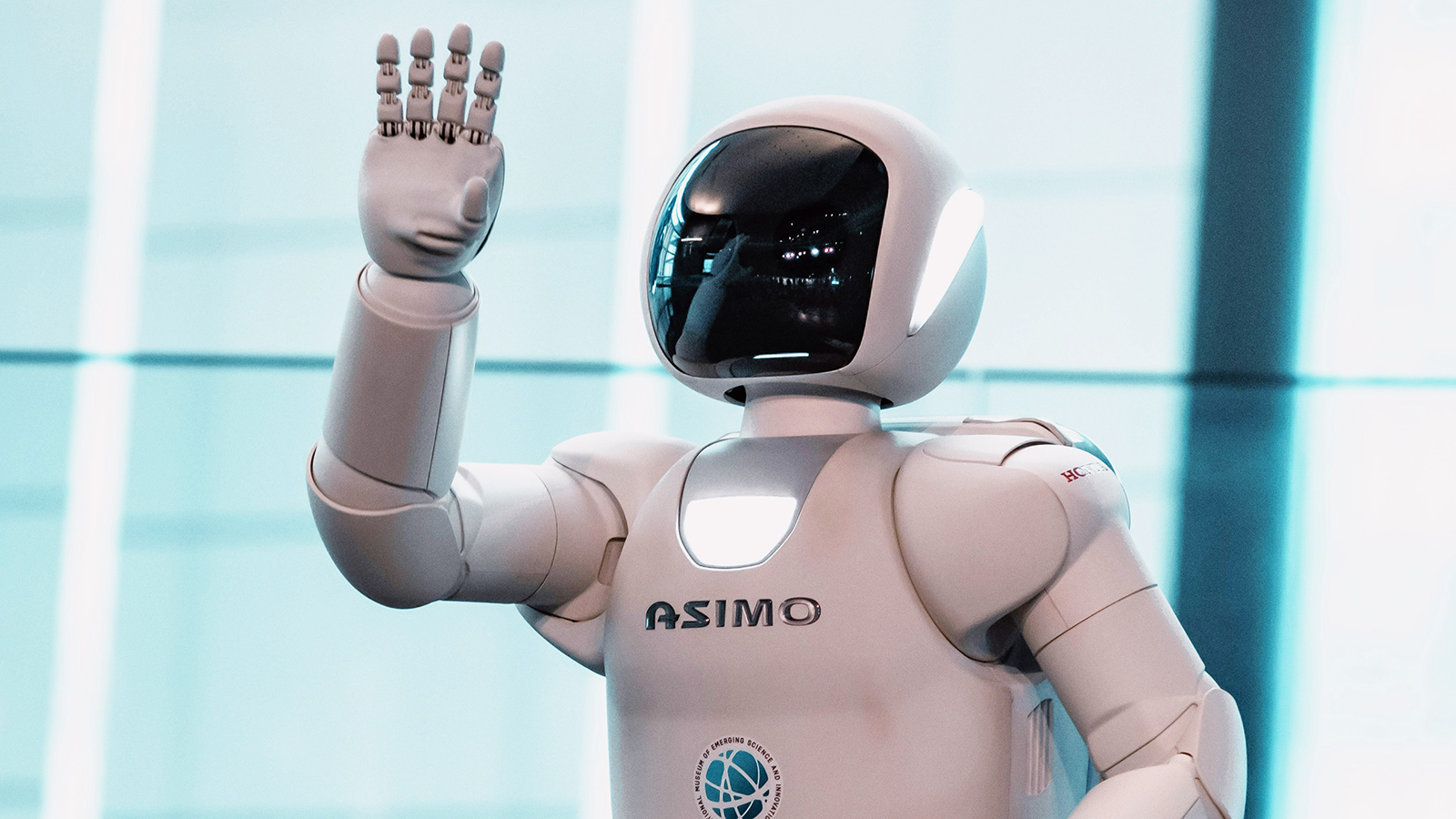Good morning, and is that déjà vu?
It has been nearly three years since Domino’s, tail firmly between legs, pulled out of Italy, the world’s pizza capital, after its local franchise-holder went bankrupt following a failed attempt to bring Hawaiian slices to Bologna and beyond. The non-shocking verdict of Italian consumers: Their country’s pizza is better, not to mention cheaper.
Enter Chipotle. On Monday, the Newport Beach, Calif.-headquartered “Mexican” fast casual chain announced it has partnered with restaurant company Alsea SAB to bring its burritos to Mexico for the first time. An initial location is planned for early 2026, with more to follow. In a statement, the company declared it is “confident that our responsibly sourced, classically cooked real food will resonate with guests in Mexico.” Because if there’s one thing that will surely resonate in Mexico, it’s being asked to pay $2.75 extra for guacamole by a US firm amid a trade war.
Dollar Takes a Bruising From Trump’s Jabs at Fed Chair
President Trump called Federal Reserve Chair Jerome Powell a “major loser” on a social media post Monday, the chief executive’s latest broadside against the central banker who has resisted White House pressure to reduce interest rates.
The major winner from the insult was the “sell America” trade. In addition to an equities selloff (the S&P 500 shed 2.4%) and intraday spikes in the 10-year Treasury yield, the deteriorating confidence in the US on Monday pushed the dollar to the lowest level in three years.
Making (Non)Sense of Dollars
The dollar is widely considered the global reserve currency, a status that was shored up by a decade of superior performance by American assets leading into this year. Even as the dollar fell to 58% of global foreign exchange reserves in 2024 from 65% in 2015, according to IMF data, its strength was maintained by a decade of American exceptionalism that guaranteed consistent demand for the currency amid strong capital inflows to the US economy.
A trade war ignited by US tariffs, however, has pushed stock and bond markets off a cliff, dragging the greenback down in the process. The White House’s attacks on Powell have raised concerns about the Fed’s independence, compounding investor concerns that US assets may no longer be a safe haven. Monday saw the greenback lose more of its footing, and the implications for US equities aren’t great:
- The US Dollar Index, which measures the greenback against a basket of currencies, tumbled on Monday, touching a three-year low of 97.92. At other points in the day, the dollar dropped to a 10-year trough against the Swiss franc and a more than three-year low against the euro. The gauge has tumbled 9.3% in 2025.
- Trivariate Research said in a note Monday that, during 16 periods since 2001 in which the dollar weakened at least 5% against the index, the median US equities performance was a 7.5% gain. That’s the sixth worst of 55 regions the firm analyzed — only stock markets in Israel, Mexico, Pakistan and Sri Lanka performed worse during weak dollar periods.
In a sign that corporations are anticipating an extended period of currency upheaval, multiple currency managers told Reuters their US multinational clients are extending their currency hedges — aka agreements to buy or sell currencies at a predetermined exchange rate in the future to protect against fluctuations. Gold also continued its explosive rally on Monday, minting a new $3,400 record as it has become a safe haven of choice away from conventional US assets.
Signs of Slowdown: The impact of the US tariff war on the global economy is already starting to show at home and abroad. The Conference Board said Monday that its closely watched Leading Economic Index, a gauge of US economic activity, fell a dramatic 0.7% in March, more than economists expected. And preliminary data from South Korea showed exports from Asia’s fourth-biggest economy dropped 5.2% year-over-year in the first 20 days of April.
Meet The New Face Of Thinking Different

A black turtleneck, a game-changing product, and an industry-shifting vision. But no, it’s not Steve Jobs. Meet Dan Novaes, the visionary behind Mode Mobile – the company redefining what smartphones can be.
Mode’s EarnPhone transforms phones from expenses into income generators, paying and saving its users $325M+ to date. But that’s not all. With 45M+ users, Mode’s already made over $75M in revenue and earned retail partnerships with Best Buy and Walmart.
And Dan has no plans of letting up now. No wonder the company recently reserved the Nasdaq ticker “MODE.” But the real opportunity is now – before Mode reaches public markets.
You just don’t have long to act. Become a pre-IPO investor today for $0.26/share before Mode’s share price changes 5/1.*
Morgan Stanley Wants to Woo the Day-Trader Crowd
Day traders seem to love a good economic crisis, which may be why Morgan Stanley is doubling down on the group.
On Monday, just a couple weeks after its E*Trade platform recorded one of its highest-volume trading days in history, Morgan Stanley announced plans to launch Power E*Trade Pro. Think of it as a souped-up, all-in-one platform for day-traders.
Day-Trading Places
Morgan Stanley bought E*Trade for $13 billion in 2020, just in time for the pandemic-fueled retail investing boom and marking the largest acquisition for any major US bank since the Great Recession. Now? The space has only grown in relevance; earlier this month, a JPMorgan report estimated that individual investors hold as much as 60% of US equities, an all-time high.
Just how important E*Trade is to Morgan Stanley is difficult to discern (the bank has not disclosed specific financial or user figures for the platform since the 2020 acquisition) but evidence suggests that it’s a pretty good time to be in the retail trading business:
- The trade war has been a busy time for day traders. April 4 and April 7 marked the two highest-volume trading days for E*Trade in three years, Morgan Stanley’s wealth management head Jed Finn told Bloomberg. And as a broader market rout rocked US equities in the first quarter, retail investors poured some $67 billion into US stocks in an attempt to buy the dip, per VandaTrack data.
- Meanwhile, in a February earnings call, E*Trade competitor Robinhood reported a 236% increase in transaction revenue — fees for facilitating trades — in its most recent quarter, as well as a $916 million profit.
Crypto Crunch: Robinhood already offers a premium platform, Legend, that Power E*Trade Pro is set to compete with. The E*Trade competitor also credited much of its recent success to the successful integration of crypto trading on its platform, which E*Trade has yet to do (though it may be considering entering the space, according to a January report from The Information).
The Advisor Pinball Machine. Last year there were more than 360 M&A deals in the advisor ecosystem. In the wake have been many painful integrations, shifting priorities, and pressure from outside stakeholders. Independence is hard to find — download this white paper from Cambridge to discover what true independence could do for your practice.**
Humanoid Robots Run, Dance, and Work the Factory Floor

Human beat machine on Saturday, when humanoid robots raced against live people in a Beijing half-marathon. The stunt hyped China’s robotics industry, but it may not have been the best demo of robotic progress.
Six robots completed the 13-mile race out of 21 that ran. “Tien Kung Ultra,” the first humanoid robot to cross the finish line, lost to the human winner by more than an hour. Other bots overheated, fell, crashed into fences, and dislodged their heads and arms (there was a lot of duct tape).
The half-er wasn’t the robotics industry’s first time going viral. Chinese startup Unitree programmed 16 bots to dance in sync on live TV in January. In the US, bots made by Boston Dynamics are known for their parkour moves while Tesla’s human-controlled bots can tend bar.
Klara and the Run
Humanoid robots may make a quantum leap in progress soon, as bot-makers tap the same tech that created ChatGPT — AI chips and algorithms — to superpower their creations.
“The time has come for robots,” Nvidia CEO Jensen Huang said last month, adding that robotics could be “the largest industry of all.” Goldman Sachs jacked up its prediction of how big the robotics industry could grow over the next decade to $38 billion, six times what it had predicted last year.
While dancing and running make for fun marketing, they may not be ideal activities to show off the economic upside of robotic tech. Several companies are testing how humanoid bots could take a lead role in labor-intensive industries such as manufacturing:
- China’s UBTech is training robots to help out at auto factories alongside human workers, while BMW hired humanoid robots made by California-based Figure to help assemble cars.
- Amazon-backed Agility Robotics is testing robots’ ability to move and sort packages in the e-commerce giant’s warehouses.
It’s a Droid Race: The US and China are leading the humanoid robot industry, but tech leaders seem concerned the US might fall behind. Reps from Tesla, Boston Dynamics, and Agility Robotics last month asked lawmakers to put policies in place that could give the US an edge, including tax incentives and research funding. China’s willingness to throw its government’s full weight behind EV manufacturing helped it become the leading EV-maker, and a Bank of America analyst told The Wall Street Journal that history could repeat itself with robotics.
Extra Upside
- No Surprises: AirBnB will now show the full price of a stay by default rather than hiding fees and taxes.
- Thrifty Business: US thrift stores are preparing for a resale market boom as tariffs are set to raise prices on new clothes.
- Going Nuts: Boeing has gotten a new stock of nuts and bolts essential to the 737 MAX as a low supply came close to threatening production.
Just For Fun
Disclaimers
*Please read the offering circular at invest.modemobile.com. This is a paid advertisement for Mode Mobile’s Regulation A Offering. A reservation of the ticker symbol is not a guarantee that we will be listed on the NASDAQ. Any IPO timing is unknown, general steps to be accepted have not been undertaken at this point, and that listing is not guaranteed.
**Hibbs, A. (2025). Echelon: RIA M&A in 2024. WealthManagement.com.

